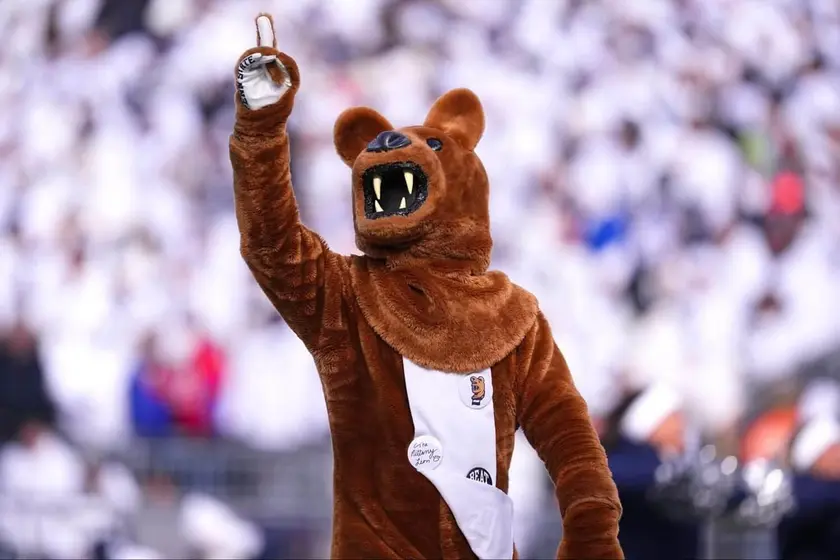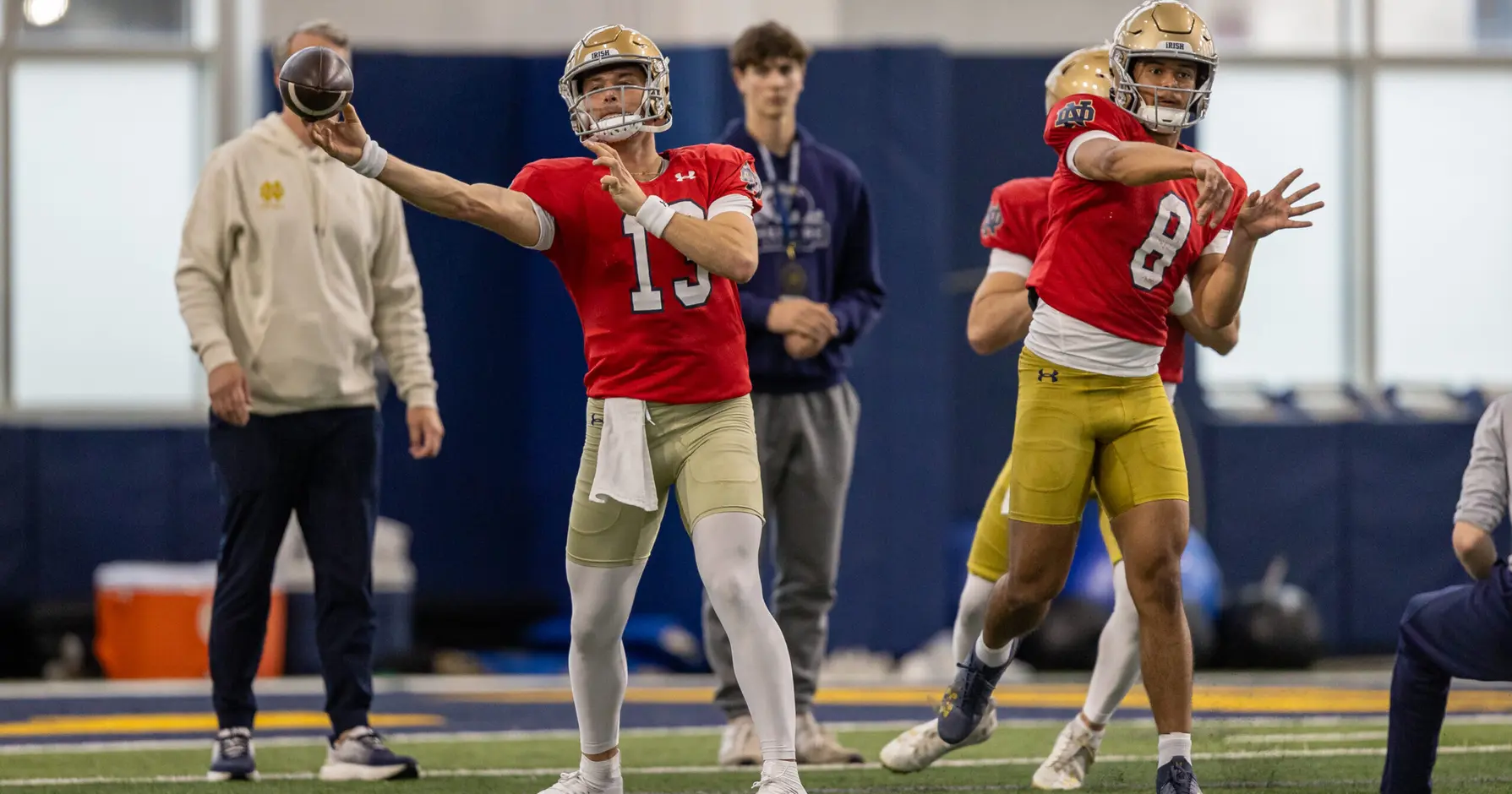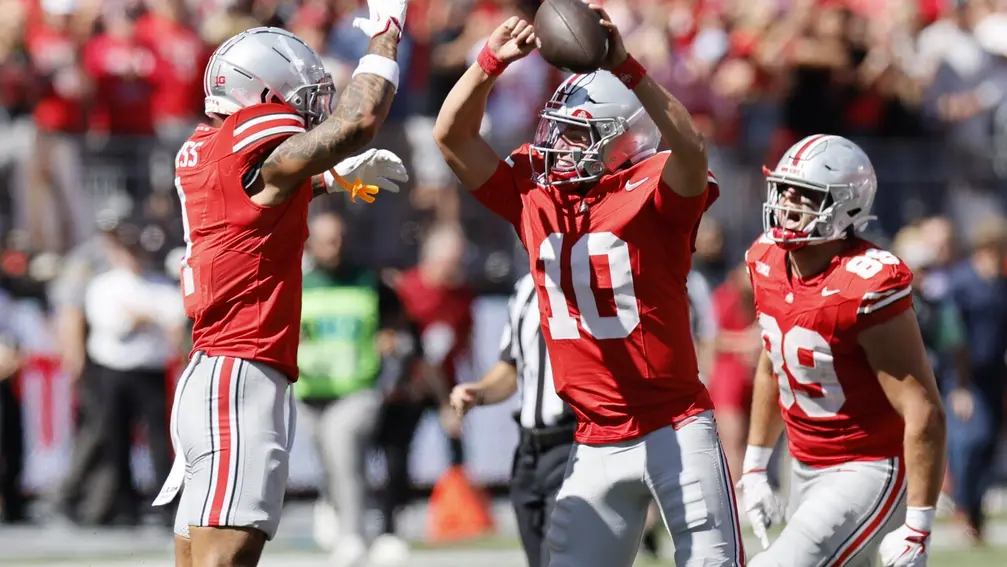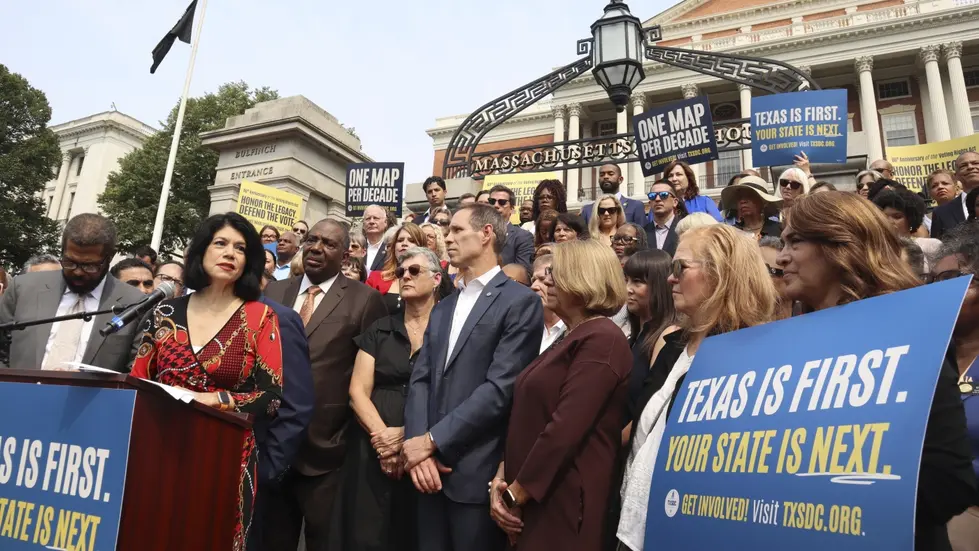T4K3.news
New AP Top 25 voter explains ballot approach
A veteran voter describes his method for building a Top 25 ballot using data and quarterback clarity.

A veteran AP Top 25 voter outlines how he built his first ballot by blending data with informed instincts and quarterback clarity.
First Time AP Top 25 Voter Explains Ballot Building
In a rare move, a former AP Top 25 overseer joins the voter panel to craft his first ballot. He builds a composite top 40 from four computer ratings and sorts teams into tiers of five to eight. These tiers guide the initial ranking, though most teams move by at most one tier. He does not project schedules, instead leaning on power rankings, continuity from returning starters, and quarterback clarity. He also uses the Blue-Chip Ratio to weigh roster quality and notes that defense tends to be sturdier from year to year than offense. Even with data, he says vibes still matter and that strict rules rarely capture every nuance. He admits the process will never be perfectly consistent.
He cites specific choices to illustrate the tension between data and judgment: placing Texas No 1, and Penn State ahead of Ohio State; he nudges Clemson up to No 6 because of returning talent, even as he remains wary of hype. He notes Oklahoma s hard schedule and Utahs No 19 ranking as examples where intuition outweighed the numbers. He also concedes that quarterback uncertainty on top programs makes ranking trickier. The preseason poll, he argues, is an extension of the online debate fans already love, and its real value lies in provoking discussion as the season unfolds.
Key Takeaways
"This is an exercise in educated guessing"
Describes the nature of rankings
"Defense tends to be stickier year to year than offense"
Notes a key data insight used in ranking
"The preseason Top 25 is an extension of that debate"
Explains the role and purpose of the preseason poll
"I am a Moneyball sports fan"
Shows the blend of data minded approach with traditional views
The piece shows how data and human judgment mix in rankings. Four computer ratings create a scaffold, but the voter adds layers from roster continuity and quarterback clarity. The admission that strict adherence is impossible reflects a central truth of sport polls: rankings are educated guesses, not gospel. The narrative also reveals how preseason rankings shape early season talk, even when outcomes prove unpredictable. That dynamic matters for fans, programs, and media alike, because it invites scrutiny while fueling anticipation.
This approach highlights a broader trend in sports media: numbers inform but do not replace insight. By inviting critique and promising seriousness, the voter treats transparency as a civic duty in a noisy landscape. YetSubjectivity remains a feature, not a bug, of ranking as a living conversation that evolves with rosters, injuries, and on field performances.
Highlights
- This is an exercise in educated guessing
- Defense tends to be stickier year to year than offense
- The preseason Top 25 is an extension of that debate
- I am a Moneyball sports fan
Voter transparency and subjectivity
The article discusses balancing data with intuition in rankings, which could spark debate about bias and accountability among fans and programs.
The ballot will continue to evolve as rosters shift and games begin.
Enjoyed this? Let your friends know!
Related News

Notre Dame QB race remains unsettled

Texas tops preseason AP poll

Trump shifts focus to crime

Trump to sign order targeting voting systems ahead of 2026 elections

Transfer news intensifies as deadline approaches

Bookie tied to Ohtani case ready to talk

AP Top 25 poll alerts

Redistricting Fights Shape Eight States Ahead of 2026 Elections
